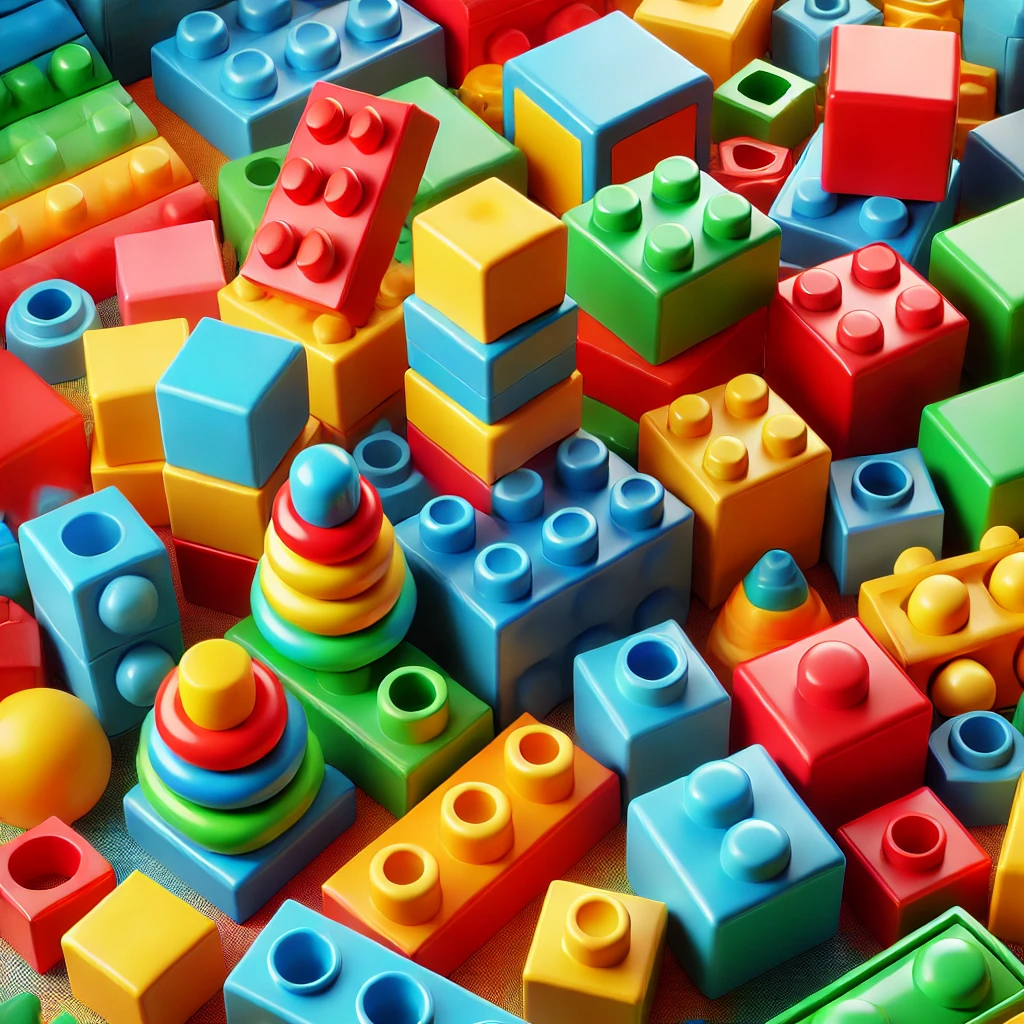Building blocks are a staple in both playrooms and educational environments, offering an engaging way to stimulate creativity, develop motor skills, and inspire innovation. Whether designed for children’s play or large-scale construction projects, building blocks come in all shapes and sizes, serving multiple purposes in creative design and structural learning.
1. What Are Building Blocks?
Building blocks are simple yet versatile objects, often in geometric shapes like squares, rectangles, and cylinders, designed for stacking, assembling, and connecting. These blocks can be made from various materials including plastic, wood, and foam. While they’re traditionally associated with children’s toys, modern building blocks have evolved into tools for engineers, architects, and DIY enthusiasts alike.
2. The Evolution of Building Blocks
Building blocks have been around for centuries, with early iterations carved from wood or stone. As technology has progressed, the materials and designs of these blocks have diversified, incorporating magnetic or interlocking features for more complex and sturdy structures. Today, large, premium building blocks are even being used in construction and architectural design, bridging the gap between play and professional use.
3. Benefits of Building Blocks for Play and Learning
For children, building blocks are an invaluable learning tool. They encourage creativity and problem-solving, while simultaneously improving hand-eye coordination and spatial awareness. In classrooms and homes, building blocks are used to introduce concepts of geometry, physics, and engineering in an intuitive way.
Key benefits include:
- Fostering Creativity: Children (and adults!) can experiment with different structures, from simple towers to complex models.
- Motor Skills Development: Handling and manipulating blocks helps fine-tune dexterity.
- Cognitive Growth: Blocks help develop spatial reasoning, math skills, and cause-and-effect thinking.
4. Beyond Play: Building Blocks in Construction and Design
In recent years, building blocks have transcended play. Oversized blocks made of durable materials such as composite plastic or reinforced wood are now used in professional settings. These larger blocks are ideal for architects, designers, and builders, allowing them to model designs or create temporary structures.
For example, some construction companies use large interlocking blocks to build temporary walls or modular buildings. The use of these blocks allows for quick assembly, flexibility, and easy disassembly, making them perfect for projects that require mobility or scalability.
5. Future Trends in Building Block Technology
As technology continues to advance, we can expect building blocks to evolve with new materials, smart technologies, and even eco-friendly designs. Imagine blocks embedded with sensors that can teach STEM principles interactively, or biodegradable blocks that can be safely disposed of after use. The potential for innovation in this space is limitless, as blocks serve not only as toys but as tools for future learning and design.
Building blocks, whether for play or professional use, remain a timeless tool for creativity, construction, and education. Whether you're a child constructing your first tower or an architect designing your next project, the possibilities with building blocks are truly endless.
To buy RERA Certified & DTCP Approved Gated Community Villa Open Plots in Andhra Pradesh & Telangana please Contact:
For Sales : 8179712384
Mail : sales@openplots.net
